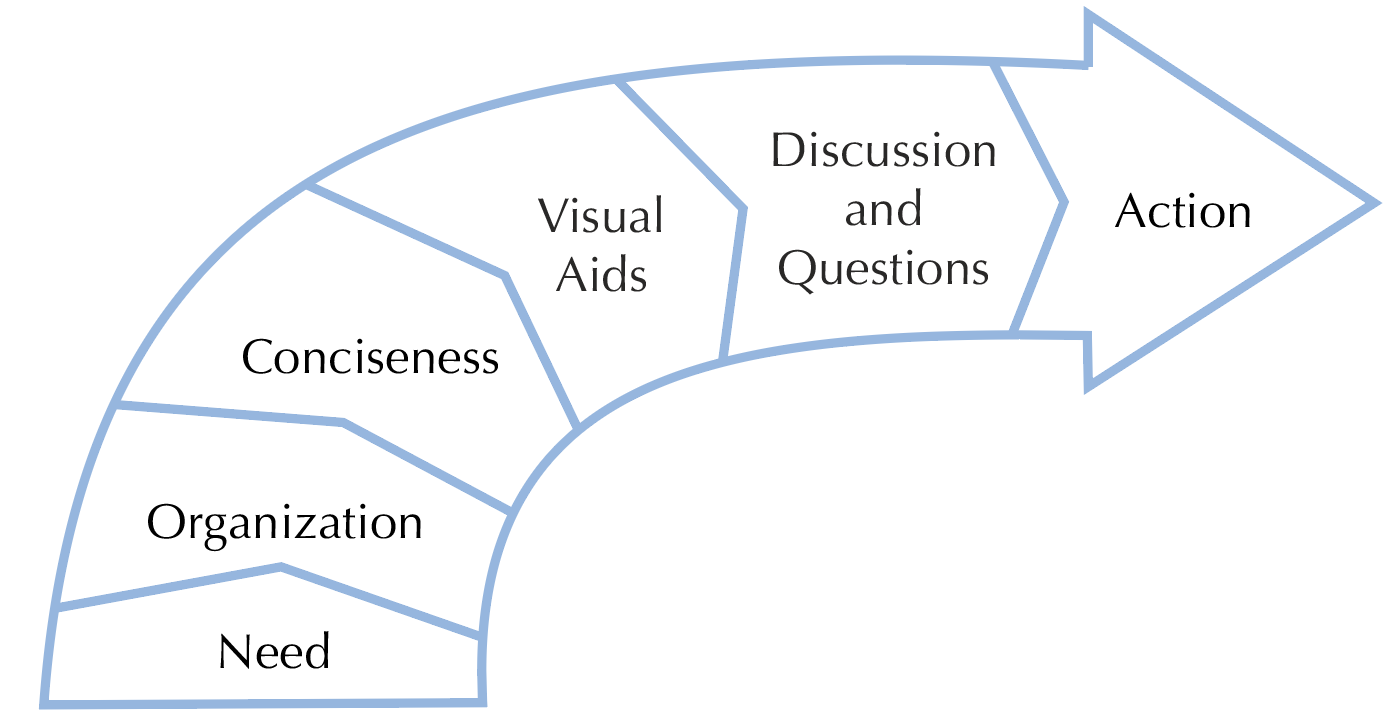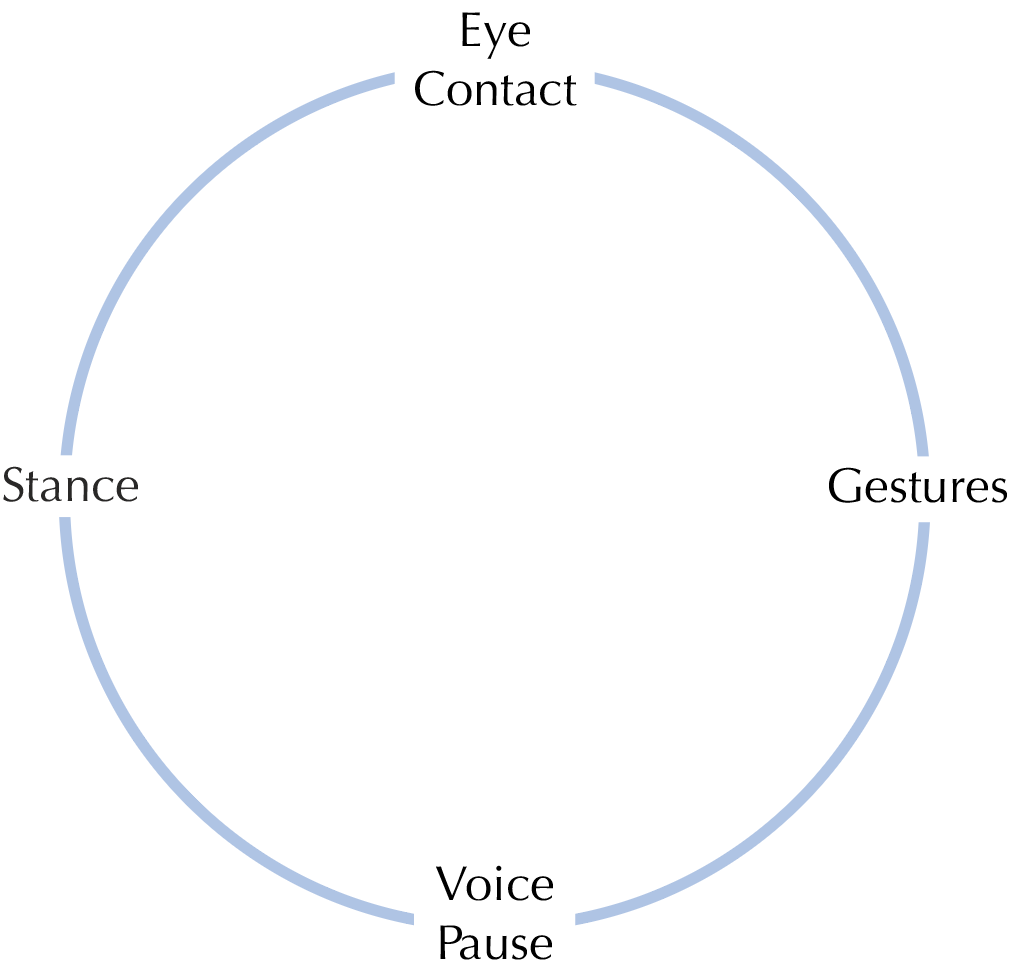Advanced Leadership Communication Skills
for
This program will reinforce the planning, organization and delivery skills you developed in our first program, while providing a wider range of skills to help you meet the communication challenges you face in your current leadership role. We will help you:
Develop more persuasive storylines
Improve your listening skills
Manage meetings on complex topics and ones with resistance
Communicate effectively when you have little or no time to prepare
The rest of this page explains how to prepare for the program and provides an overview of the sessions.
Choose material to bring to the program
You will practice your own real communication situations. Bring with you three meetings or presentations that will happen after the program.
All should be important to you because you will improve the content as well as your skills.
Do not script yourself or over-prepare. You can bring work-in-progress. You will have preparation periods each day. Bring your laptop and any visual aids you would like to use.
All three meetings should be interactive and can be with a group or one-to-one. Here are criteria to help you decide the three meetings to bring for practice:
The first meeting should be either a new business meeting with a client or a presentation of your recommendations.
The second meeting should involve some complexity — for example, the topic might be difficult to explain or there are very different points of view that need to be addressed.
The third meeting should be one where you expect people to resist because they do not understand the issue being discussed, they have decided there are different reasons for — or solutions to — a problem, or there is not consensus about the importance, urgency or risks involved.
Tell us who you are and what your goals are
Here’s a quick reminder of our communication skills framework, to help you set goals now and share them with your practice group at the start of your session.
Intellectual dimension
Deliver messages that are clear, relevant, and convincing
Emotional impression
Create a connection, earn trust, and convey conviction
Physical skills
Engage with presence, body language, and focused energy
Overview of the sessions
Day One
Opening
Discuss the challenging communication situations you face and your personal goals.
You practice telling a brief story — expanding your use of eye contact, voice and body language — to increase your presence, confidence and impact.
Increase presence
Preparation frameworks
We refresh and reinforce the planning and organization frameworks introduced in the first program.
Concise executive summaries
You prepare and then deliver an executive summary of the content for your first meeting.
One-to-one coaching
You review the video of your story and your executive summary privately with a coach.
Leading engaging meetings
You and your colleagues role-play the meeting your have prepared — ideally a new business meeting with a client or a presentation of recommendations with visual aids and questions.
One-to-one coaching
You review the video of your meeting privately with a coach.
Day Two
Active listening
You practice listening effectively, drawing out information, and helping a colleague to solve a problem.
Compelling storylines
We introduce additional preparation tools to structure communications to the needs of your clients, so you can persuade and influence.
Visual outlines
You prepare a visual outline of your second meeting and get feedback on it. The meeting should involve some complexity — for example, the topic might be difficult to explain or there are very different points of view that need to be addressed. It should be interactive and can be with a group or one-to-one.
Leading complex meetings
You and your colleagues role-play the meeting you have prepared with the visual outline.
One-to-one coaching
You review the video of your meeting privately with a coach.
Day Three
Handling resistance & motivating people to think and act differently
You prepare and role-play your third meeting, one where you expect people to resist because they do not understand the issue being discussed, they have decided there are different reasons for — or solutions to — a problem, or there is not consensus about the importance, urgency or risks involved.
One-to-one coaching
You review the video of your meeting privately with a coach.
Communicating on short notice
You practice communicating about two or three different work-related subjects, with very little preparation time. Then you practice a completely spontaneous situation.
Plan actions
You identify a few meetings over the next couple of weeks and plan the skills you will apply in each one to increase your chances of success.
Questions?
Email us goals@mcalinden.com or call us +1 212 986 4950
About us
Visit our main website McAlinden Associates




